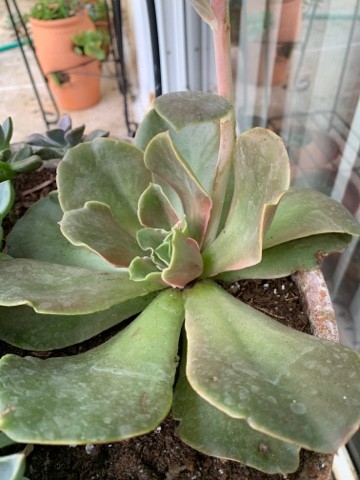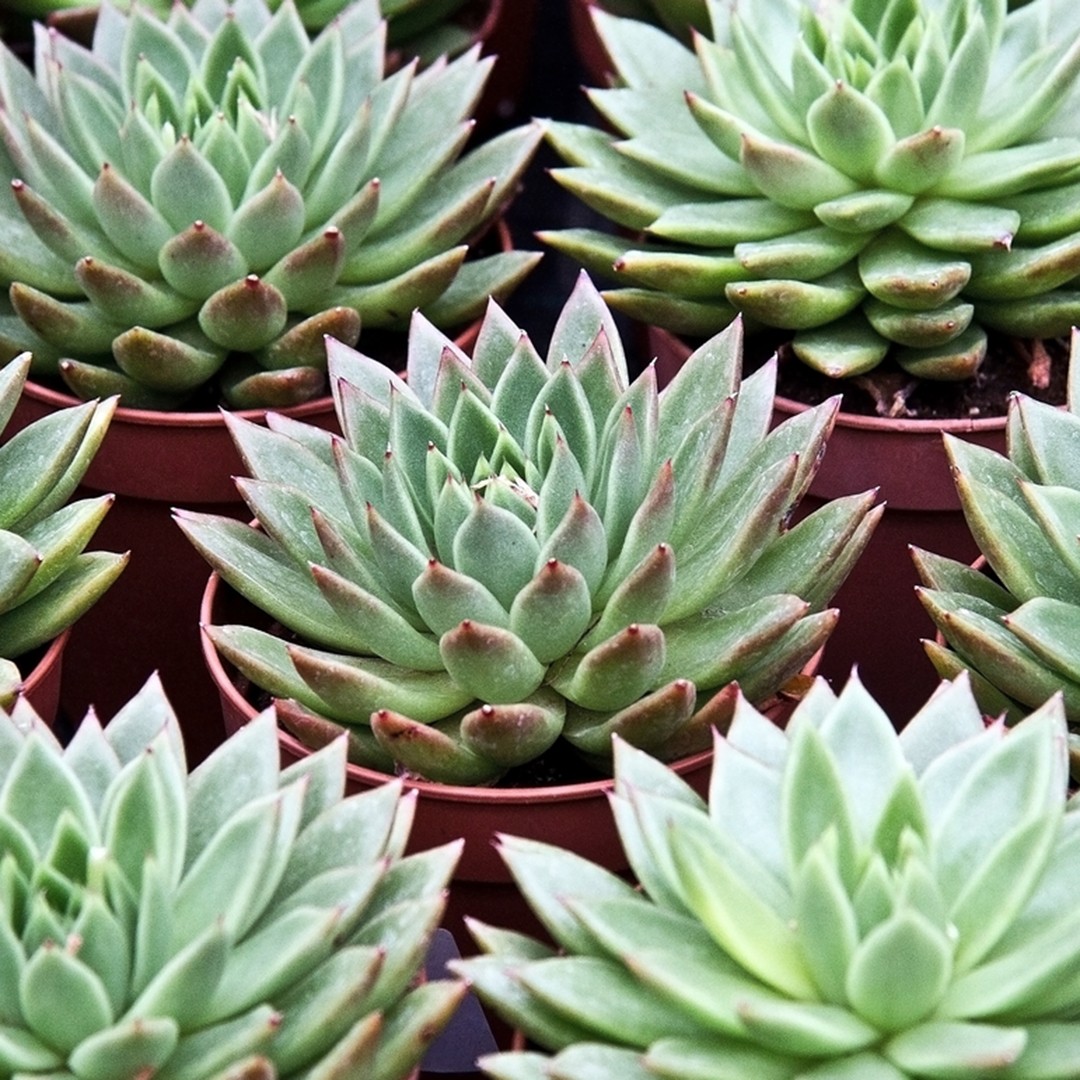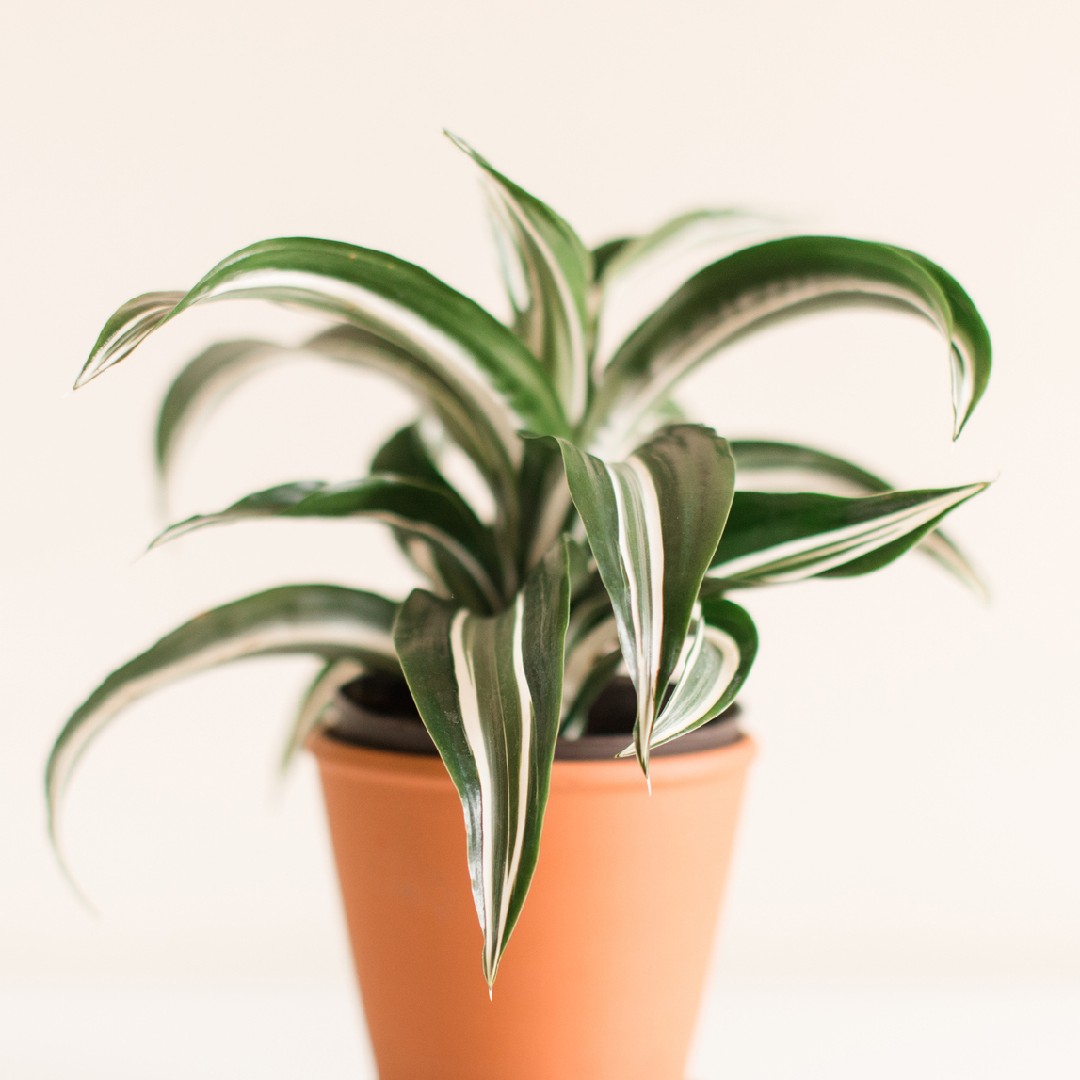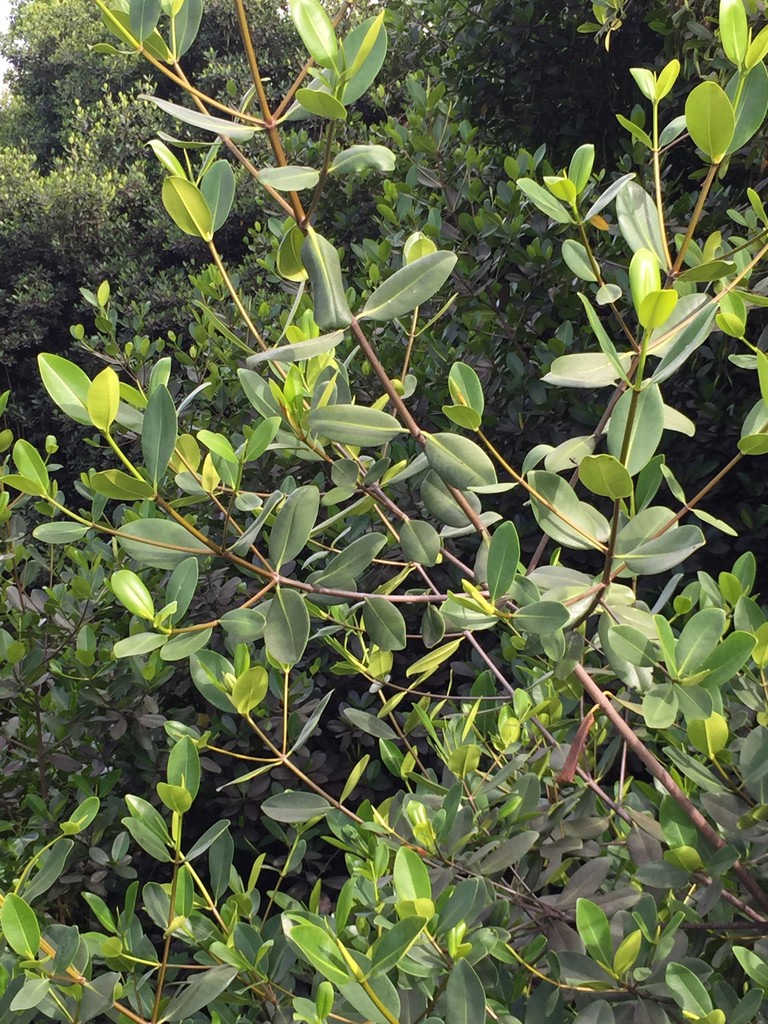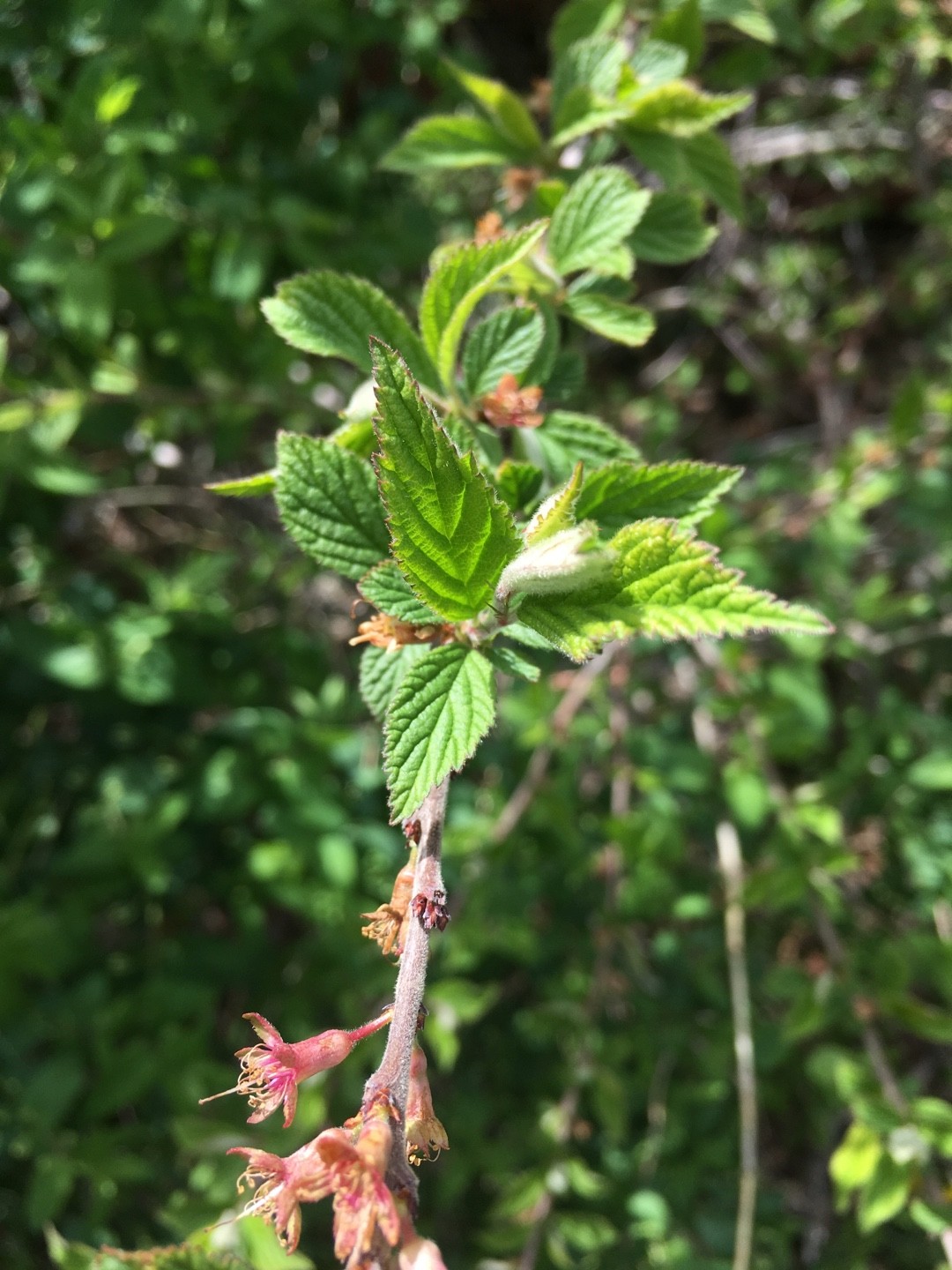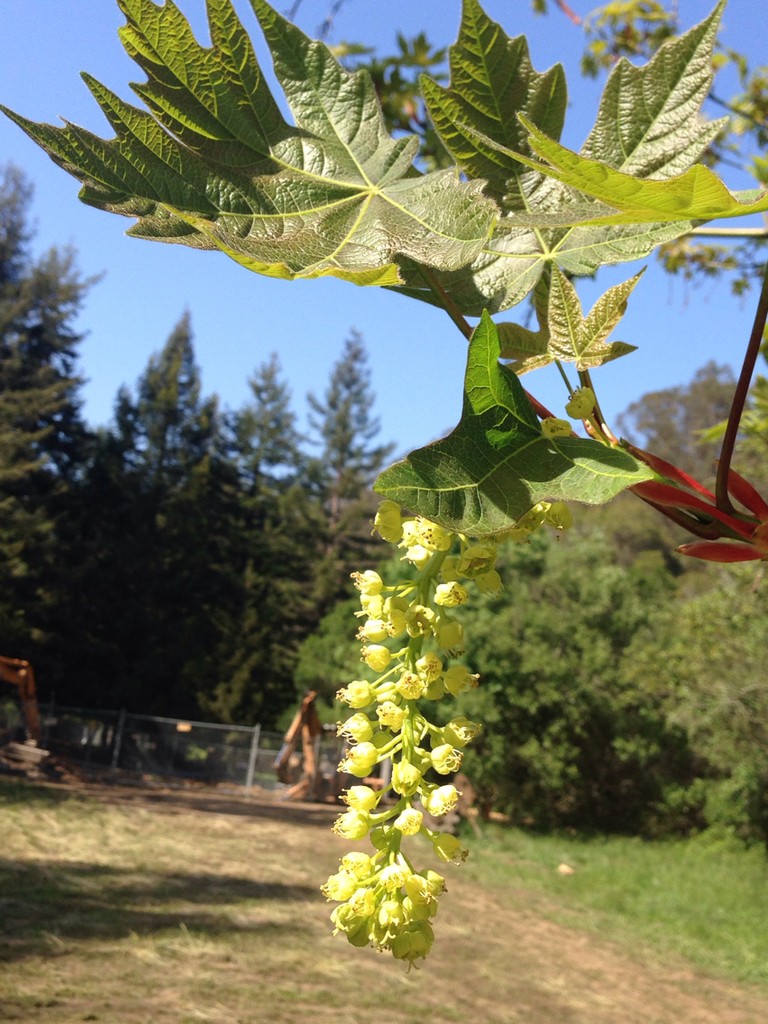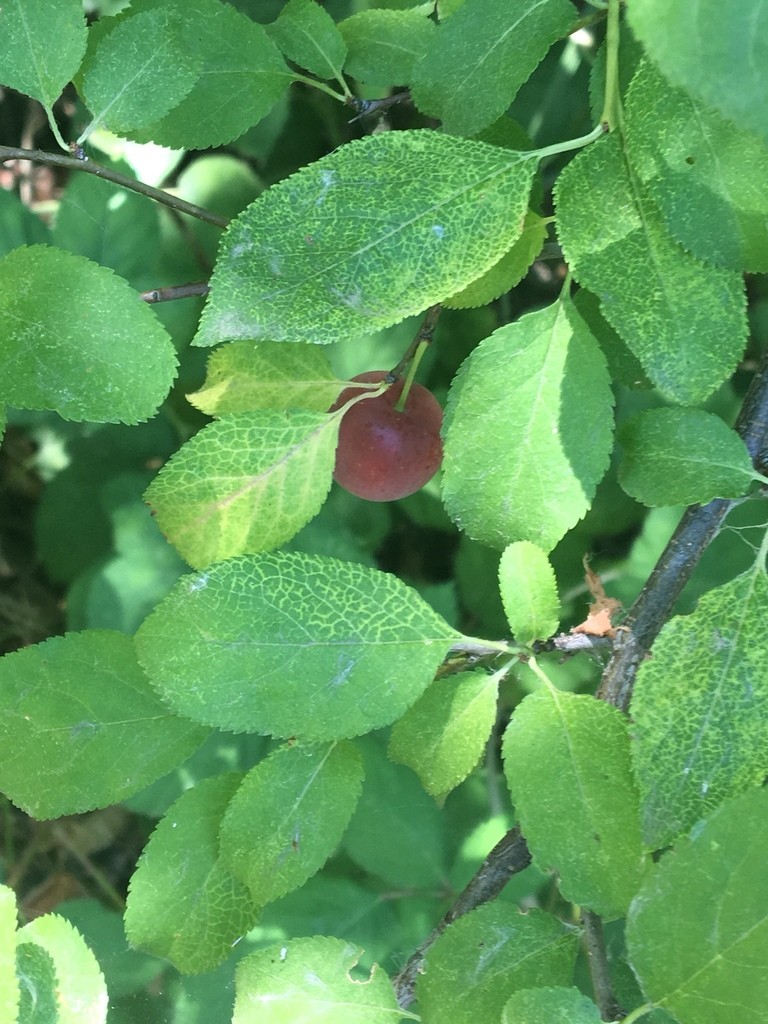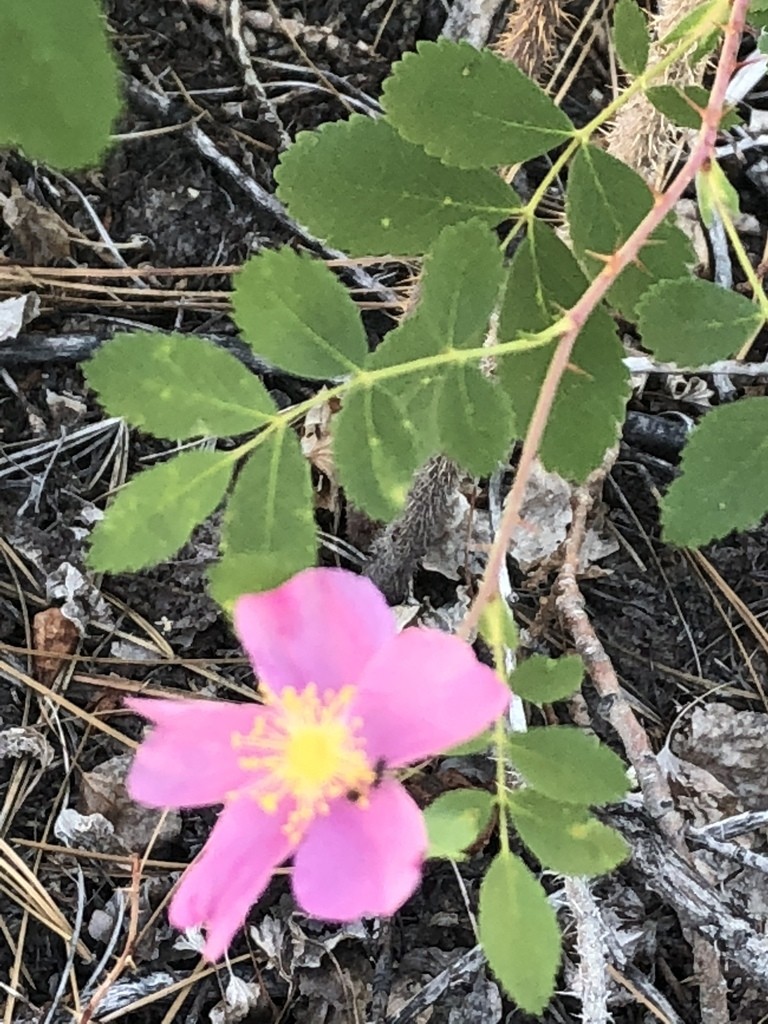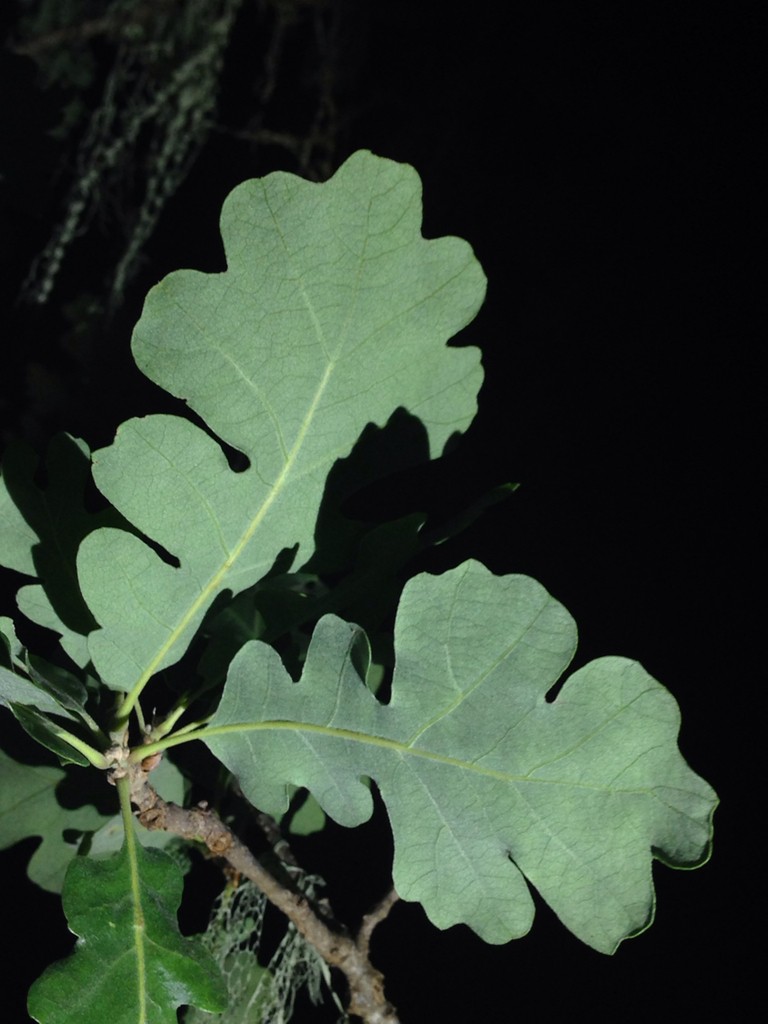Hen and chicks 'Princess Lace'
Hen and chicks 'Princess Lace' is a beautiful Echeveria cultivar, selected to have wavy, multicolored leaves. Although the basic color of the leaves is blue-green, depending on the season, sun exposure, and age, they can exhibit hints of lemon-green, salmon-pink, or red-orange. This cultivar is also exceptionally large — the rosette can reach up to 30 cm in diameter.
